Victorian households wasting thousands of dollars a year in wasted food
UNUSED bread, bananas and other food is costing households thousands of dollars a year. Here’s how you can take your cash out of the trash.
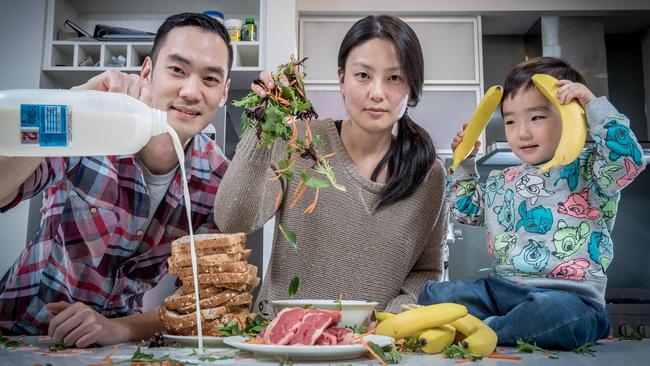
VIC News
Don't miss out on the headlines from VIC News. Followed categories will be added to My News.
FAMILIES can save thousands of dollars on grocery bills by cutting down on food waste.
Bread, bananas, bagged lettuce and salad, meat and milk are the most commonly binned products, according to food rescue organisation OzHarvest.
SCROLL DOWN FOR AN A-Z GUIDE ON HOW TO STOP WASTING FOOD
In total, the average Victorian household throws out an astonishing $2200 worth of food each year.
OzHarvest sustainability strategist Annika Stott said forgetting about items already in the fridge was a frequent slip-up, along with buying too much.
“People don’t value it in the same way their grandparents did, it is very accessible and easy to throw away,” Ms Stott said.
“First and foremost the key is buying only what you need, and using up what you’ve got.
“We need to be moving away from always having to have a really, really full fridge.”
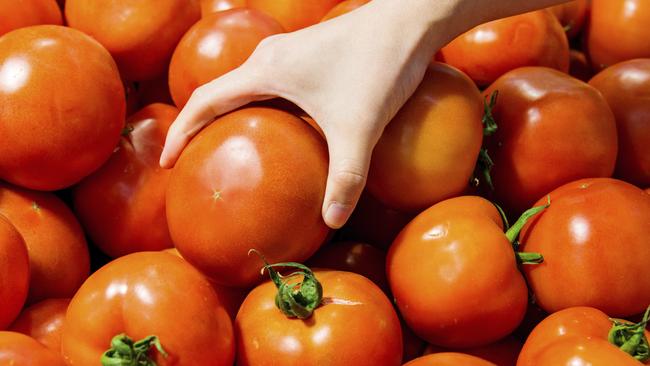
RELATED: Arnott’s shrinking biscuit snack packs cop a blast from shoppers
PRICE WAR: Coles, Woolworths, Aldi scramble to win customers
She suggested writing a list and planning meals before shopping, rather than heading off without inspiration.
“Consider what’s in the fridge, freezer and pantry, then top up with ingredients.”
Leftovers as school and work lunches was another way to avoid waste.
Proper storage and freezing also reduced the amount ending up in the bin, especially if you’ve had good intentions at the start of the week but plans change.
“Salad kept in an airtight container with paper towel will last longer. Think about storing bread permanently in the freezer and taking it out when you need.”
Bananas were often ditched because they got visibly brown quickly, but they could instead be peeled, chopped and kept in the freezer in a zip-lock bag for later use in cakes, smoothies and as kids’ treats.
Likewise, meat that was not past its use-by date could be safely put in the freezer.
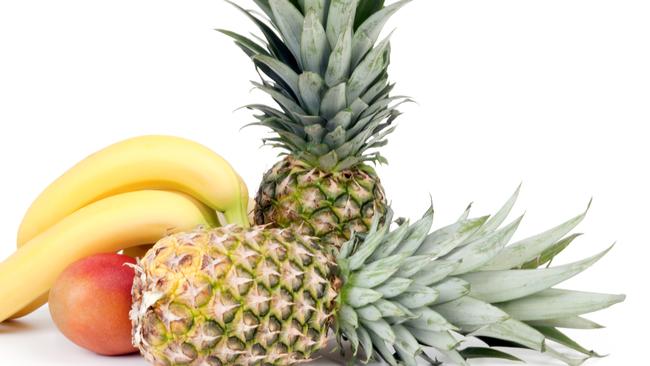
“The freezer acts like a pause button. But you also need to regularly check what’s in there and cook from it rather than forgetting what’s stored.”
Dillon Ryu, 35, a food and beverage supervisor, said: “We would waste more salad than any other foods in the house.
“Maybe bread as well, because it has a really short shelf life.”
The family have not yet installed a compost bin but are considering doing so.
Sustainability Victoria’s Love Food Hate Waste campaign estimates one-fifth of the yearly grocery budget is binned on average.
Nationwide about four million tonnes of food goes to waste annually, costing the economy an estimated $20 billion. Households generate almost half the waste.
OzHarvest collects surplus food from commercial outlets including supermarkets, restaurants, caterers and wholesalers, and delivers it to charities.
A-Z: TOP TIPS TO CUT OUT FOOD WASTAGE
A — Apples are best stored in the fridge. Cut out any bruises and if you have too many, make a delicious crumble or bake them.
B — Bread is the most wasted food in Australia, so only buy what you need and use straight from the freezer. Toast from frozen or for sandwiches leave for 10 minutes to defrost, whiz into breadcrumbs if hard or a bit stale.
C — Carrots should be stored in original packaging in the fridge and can be revived by trimming and placing in a glass of water until crisp.
D — Don’t worry if your fridge looks a little bare. Shop smaller and more often to avoid waste and use everything before you fill it up again to save food, time and money.
E — Eggs are best stored in the fridge. To check for freshness place in a bowl of cold water: fresh eggs will sink, if it floats don’t eat it!
F — Freezing food near its use-by date is a great way to save food. Cook from the freezer at least once a week and use frozen food within six months.
G — Get creative with leftovers and food that needs using. Google ingredients and see what recipes come up or just experiment with your own ideas. Share your creations with friends and family.
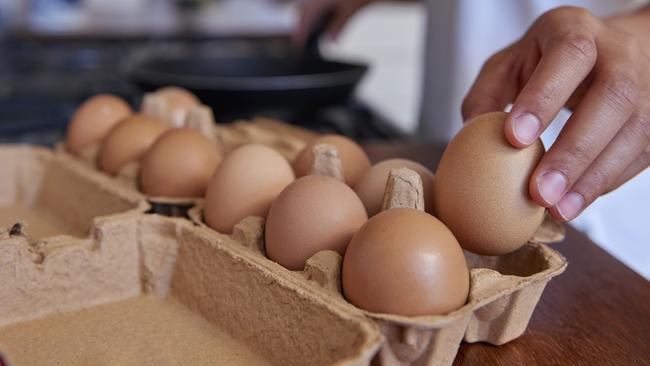
H — Ham and other sliced meat should be sealed tightly in original packaging. If near use-by date, add to an omelet or frittata, or slice/dice before freezing to use another time.
I — If you want to reduce food waste at home, plan your meals for the week, check what’s in your fridge before shopping, write a list and stick to it! Don’t be tempted by multi-buy offers.
J — Juice or blend overripe fruit into smoothies and enjoy or freeze for another day.
K — Keep fruit fresher for longer by storing in the fridge (except bananas and pineapple which should be kept separately to avoid over-ripening other fruit).
L — Lettuce will last longer in an airtight container, layered with a paper towel. Limp lettuce (plus any other greens) can be sauteed with onion, herbs and stock (throw in some frozen peas) then whiz up in the blender for your favourite soup recipe.
M — Milk is one of the most wasted items. When near its use-by date, freeze it. To defrost,
place in fridge and give a little shake.
N — Never waste food that could be eaten. Cook it, store it, share it … just don’t throw it away.
O — Onions last longer when stored in a cool dark place. Slice and dice, place in a bag and freeze — use straight from frozen in stir fries, bolognese and curries to save time and tears.
P — Potatoes are best stored in a cool, dark place. Simply cut off any sprouts or bruises and use as normal, they last for ages
and rarely need to be thrown away.
Q — Quiches are a fantastic way to use up forgotten fridge foods. You can add pretty much anything, including potatoes, carrots and zucchinis.
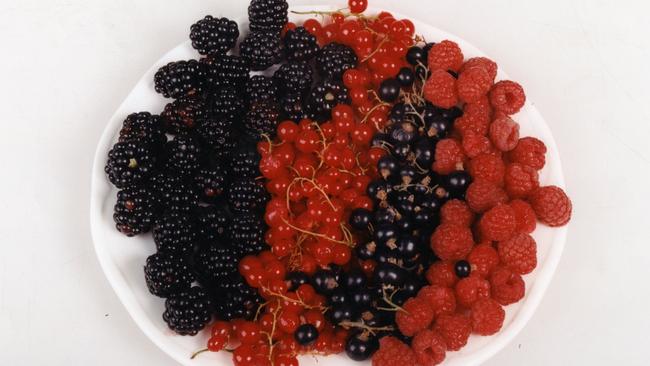
R — Raspberries should be stored in the fridge or freezer in original container and only
washed just before eating.
S — Soup is the perfect way to use up all the wilting veggies at the bottom of the fridge. Add veggies to onions, herbs, spices, lentils along with stock and seasoning. Enjoy for lunch or freeze it for another day.
T — Tomatoes of any shape or size make a great pasta sauce, or can be added to chilli, curry, tomato soup or salsa. Store in the fridge to keep for longer.
U — Understand food labels. Food passed its best-before date can still be eaten. Use-by dates refer to food safety. Check what’s in your fridge and the dates regularly. Eat food near the use-by date, or freeze before it expires.
V — Vegetables do not always need peeling, try scrubbing instead and cook in the normal way
— much more nutritious and less waste in the bin! Save onion skin and veggie ends in the freezer for homemade stock.
W — Wine isn’t often left over. If it is, use for cooking or freeze in ice-cube trays to add to
sauces at a later date.
X — X is eXtremely hard to write a fact for!
Y — Yoghurt can be mixed with overripe fruit, poured into ice block moulds with an ice block
stick and frozen for a refreshing treat. If close to expiry date, add to smoothies or cakes.
Z — Zucchini is delicious when grated into pasta dishes, curries or stews. Store in the fridge in its original packaging.
Source: OZHARVEST


